MMVR (Motion matching for VR)
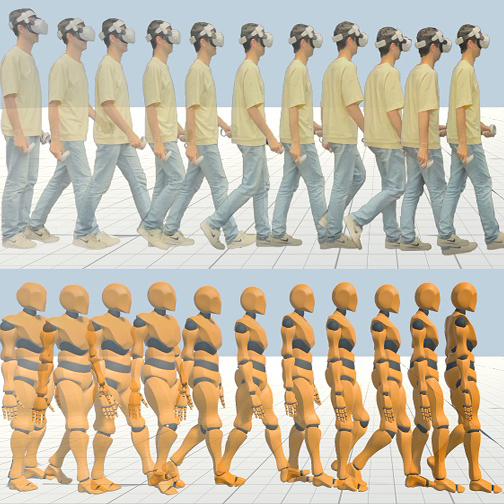
This repository contains the implementation of the method shown in the paper Combining Motion Matching and Orientation Prediction to Animate Avatars for Consumer-Grade VR Devices presented at the 21st annual ACM SIGGRAPH / Eurographics Symposium on Computer Animation (SCA 2022).
SparsePoser
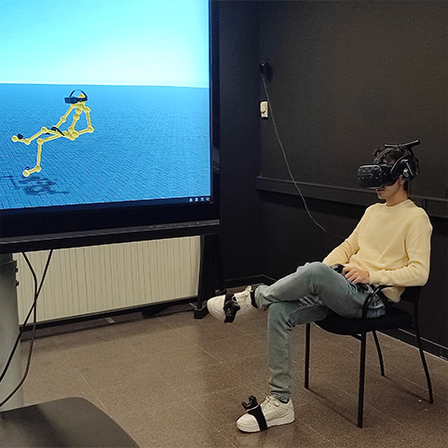
This repository contains the implementation of the method shown in the paper SparsePoser: Real-time Full-body Motion Reconstruction from Sparse Data published at the ACM Transactions on Graphics.
AvatarGo
![]()
AvatarGo is a Unity package for incorporating self-avatars in any Virtual Reality application with a low-cost set-up consisting of a SteamVR-based HMD, 2 Controllers and 3 HTC VIVE Trackers. It incorporates a custom calibration step in which users need to walk inside a virtual avatar. Using a custom Fingers Inverse Kinematics solution, the hands can automatically adjust to the controllers.
MeshPipe
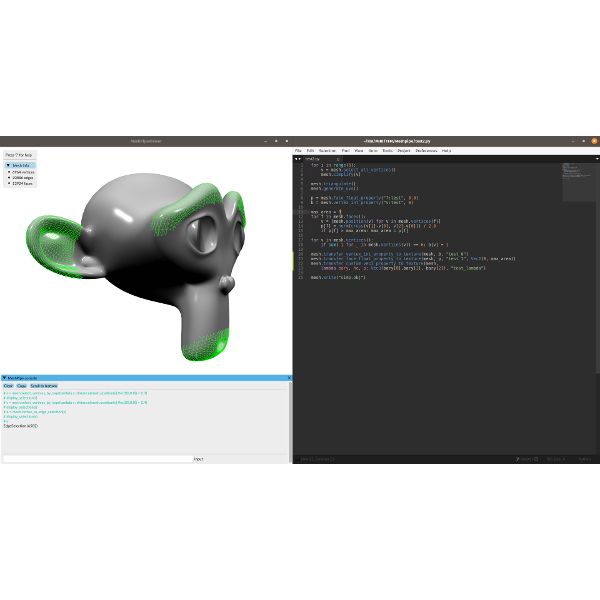
We present a Python-based tool that addresses two major caveats of current solutions: the lack of easy-to-use methods for the creation of custom geometry processing pipelines (automation), and the lack of a suitable visual interface for quickly testing, comparing and sharing different pipelines, supporting rapid iterations and providing dynamic feedback to the user (demonstration). From the user's point of view, the tool is a 3D viewer with an integrated Python console from which internal or external Python code can be executed. We provide an easy-to-use but powerful API for element selection and geometry processing. Key algorithms are provided by a high-level C library exposed to the viewer via Python-C bindings.
Biharmonic Repair
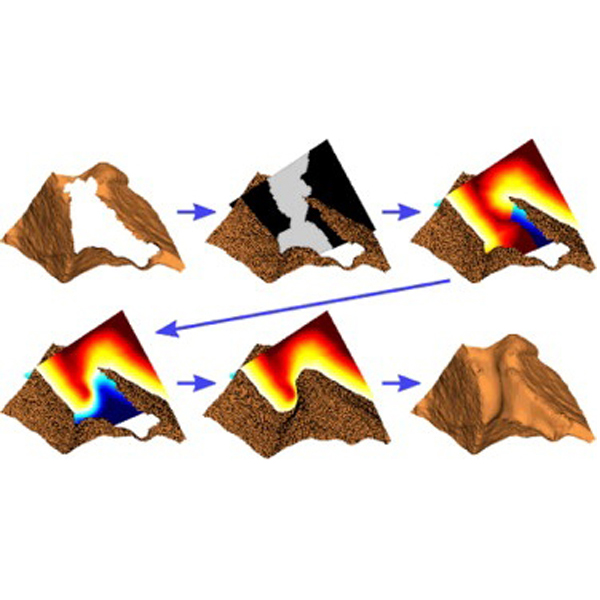
We present an adaptive, multigrid algorithm to extrapolate signed distance fields. By defining a volume mask in a closed region bounding the area that must be repaired, the algorithm computes a signed distance field in well-defined regions and uses it as an over-determined boundary condition constraint for the biharmonic field computation in the remaining regions. The algorithm operates locally, within an expanded bounding box of each hole, and therefore scales well with the number of holes in a single, complex model.
GL-Socket
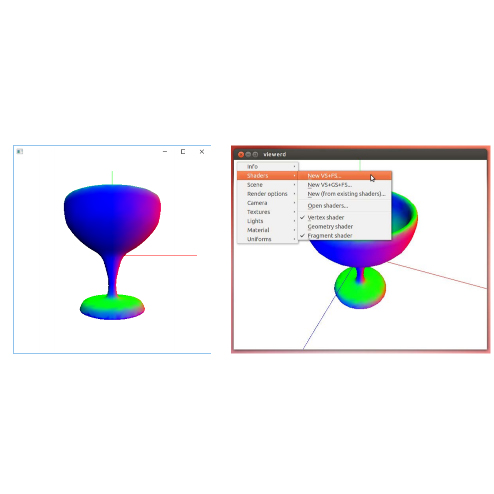
GL-Socket is a plugin-based C++ framework for teaching OpenGL and GLSL in introductory Computer Graphics courses. The main strength of the framework architecture is that student assignments are mostly independent and thus can be completed, tested and evaluated in any order. When students complete a task, the plugin interface forces a clear separation of initialization, interaction and drawing code, which in turn facilitates code reusability. Plugin code can access scene, camera, and OpenGL window methods through a simple API. The plugin interface is flexible enough to allow students to complete tasks requiring shader development, object drawing, and multiple rendering passes. Students are provided with sample plugins with basic scene drawing and camera control features. One of the plugins that the students receive contains a shader development framework with self-assessment features.